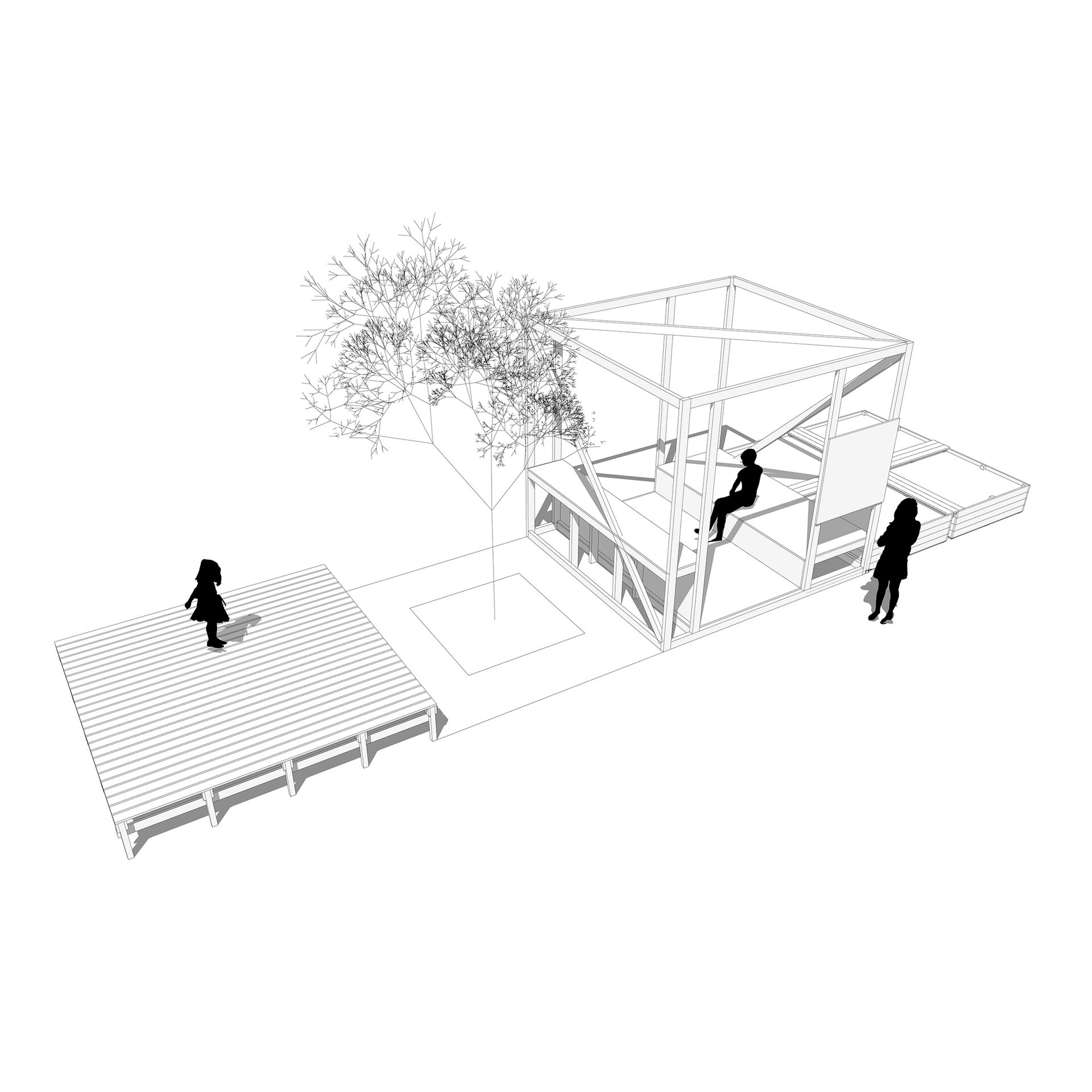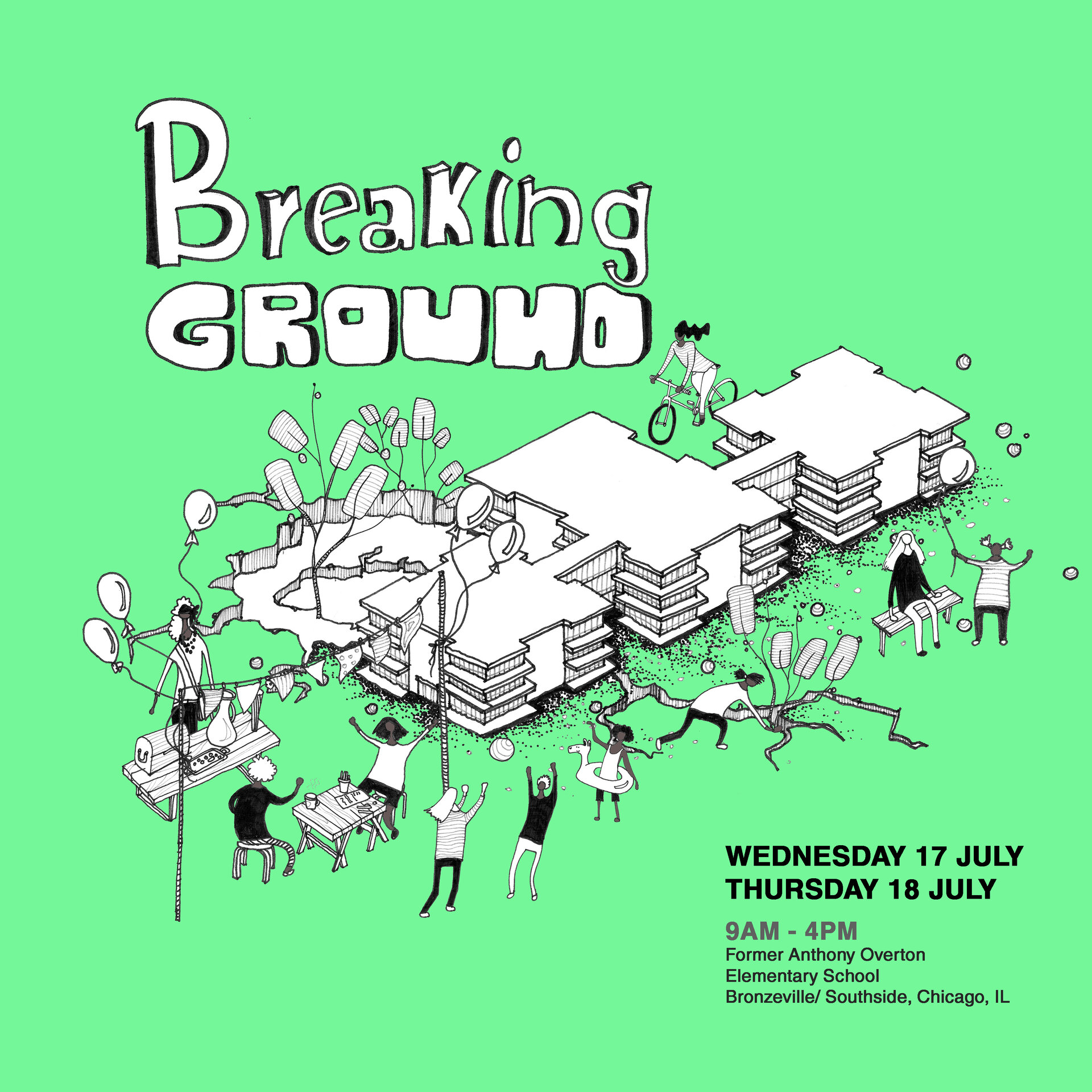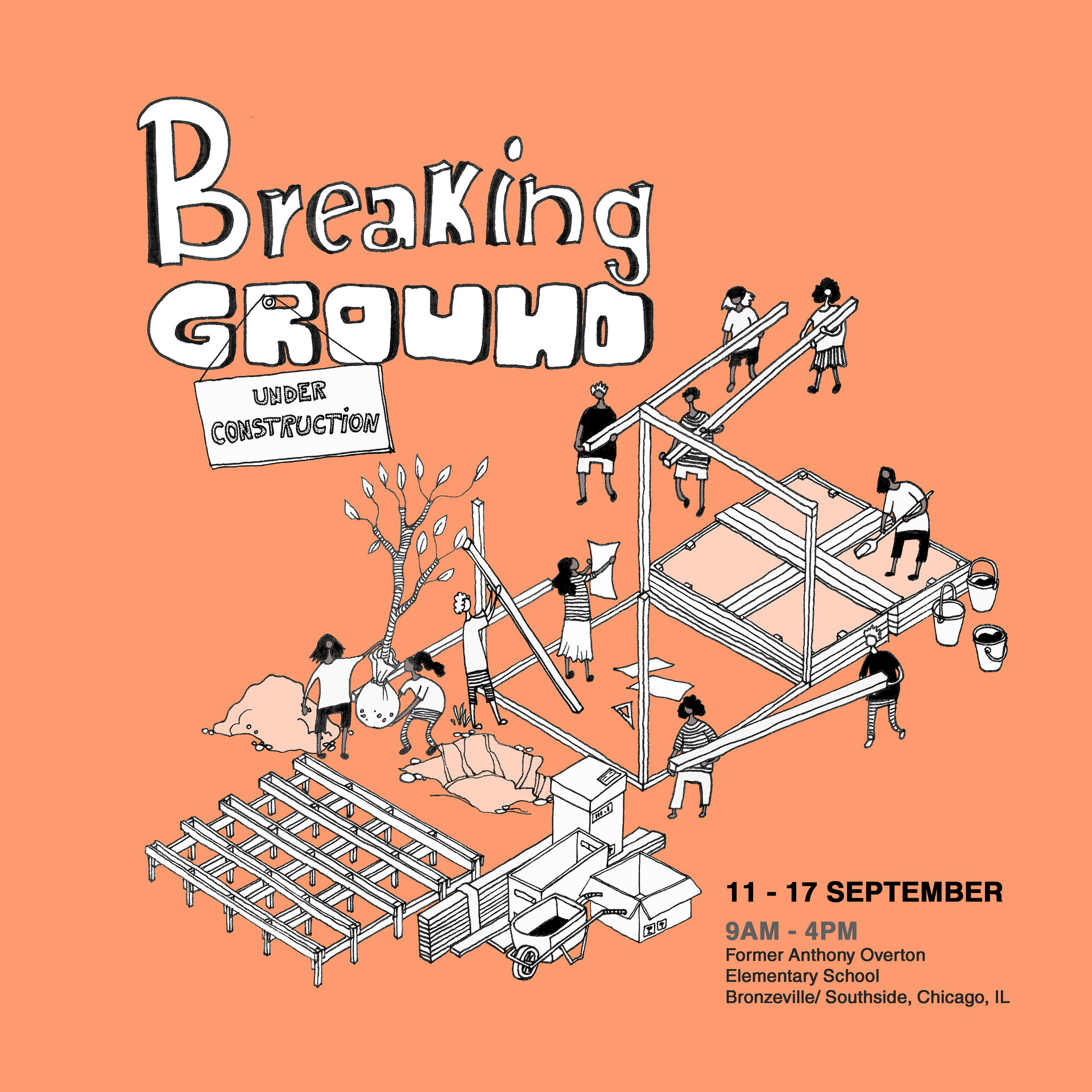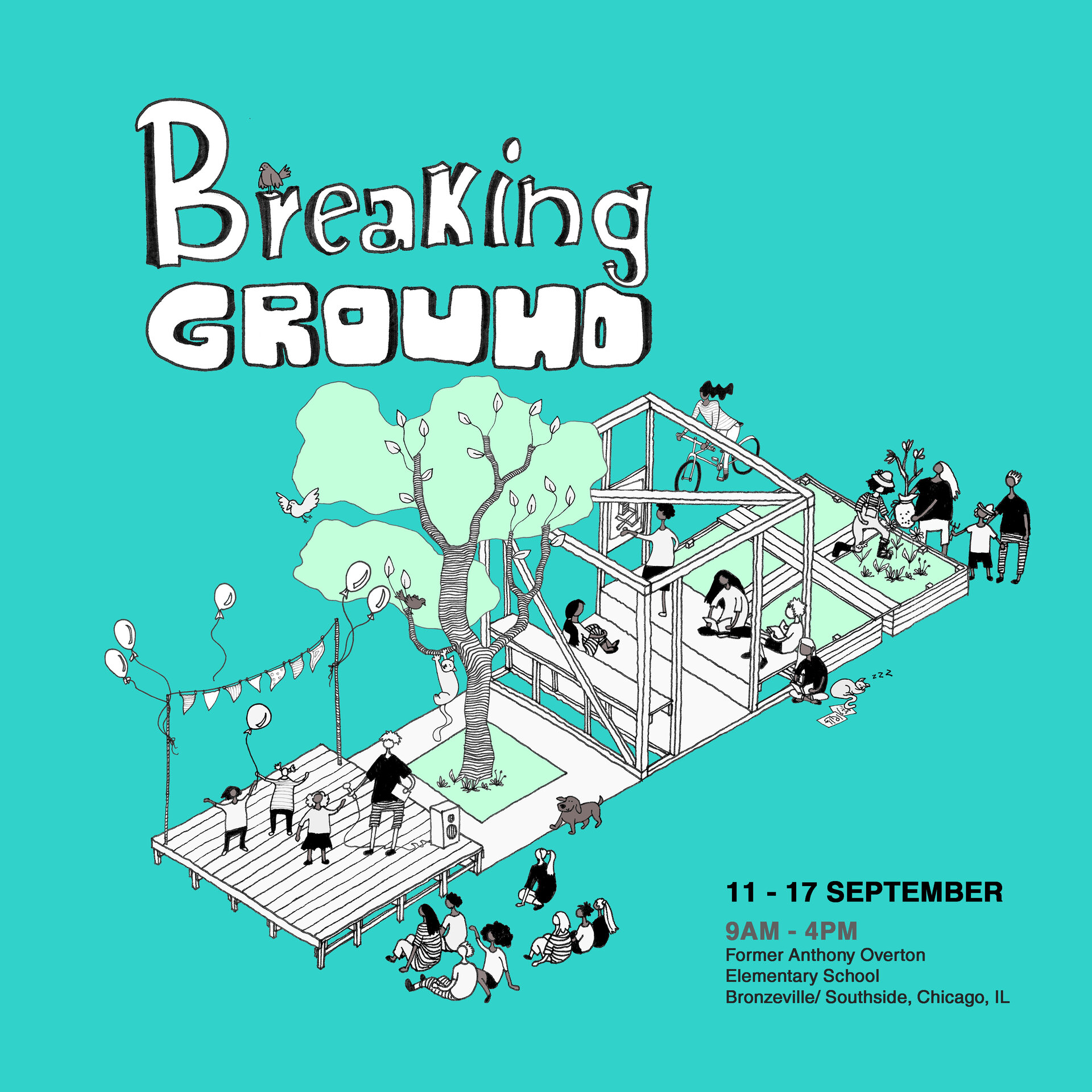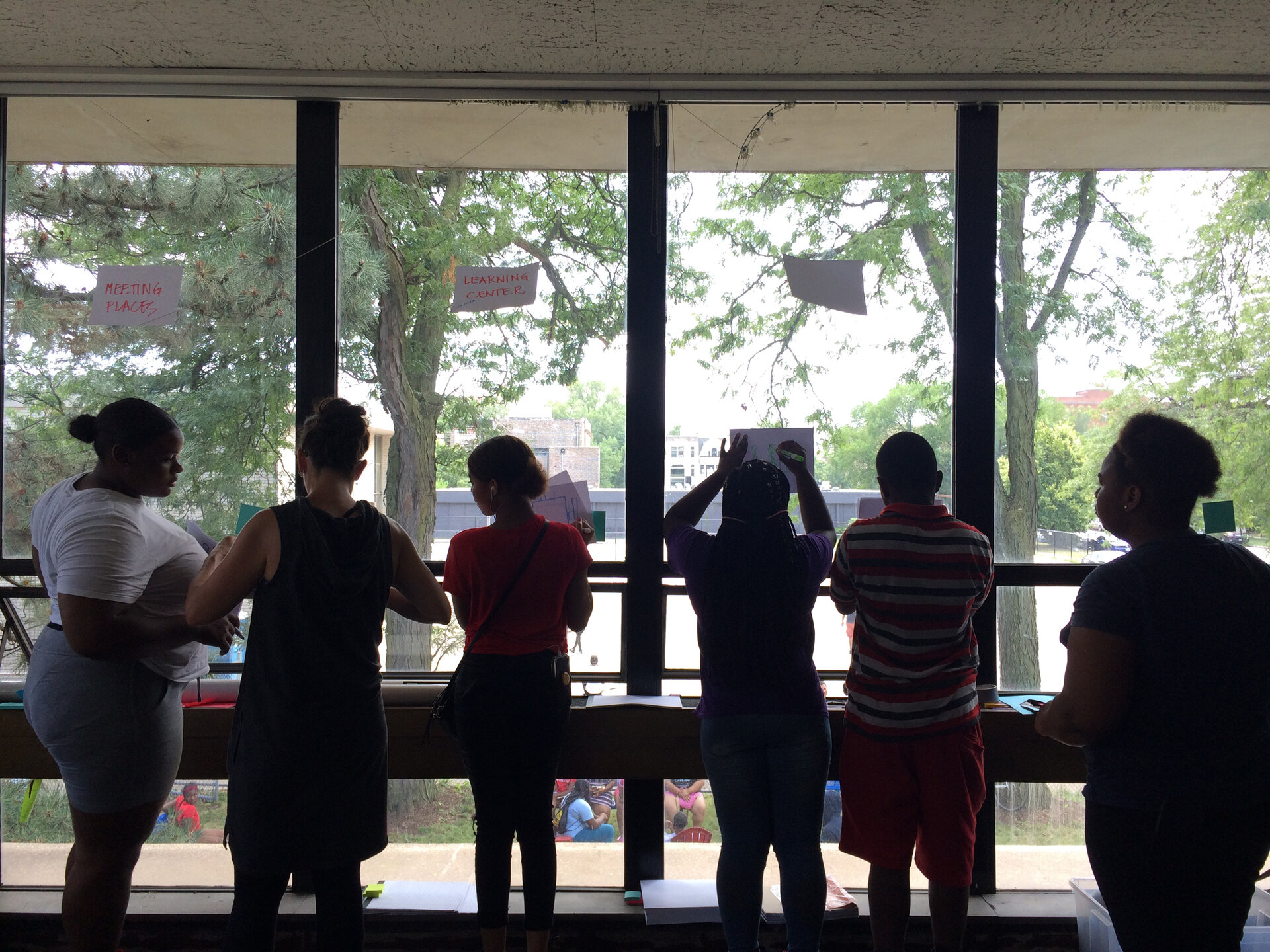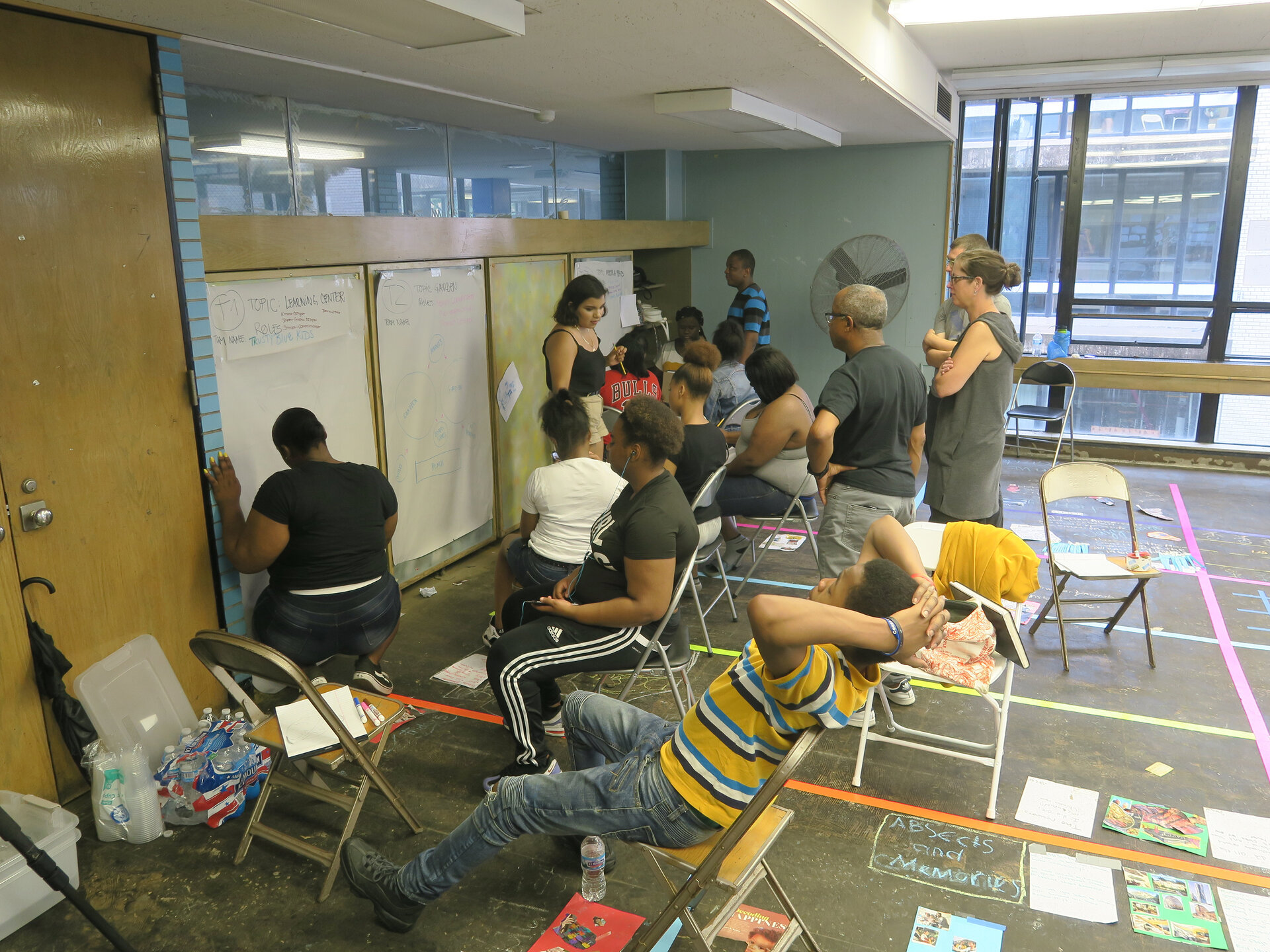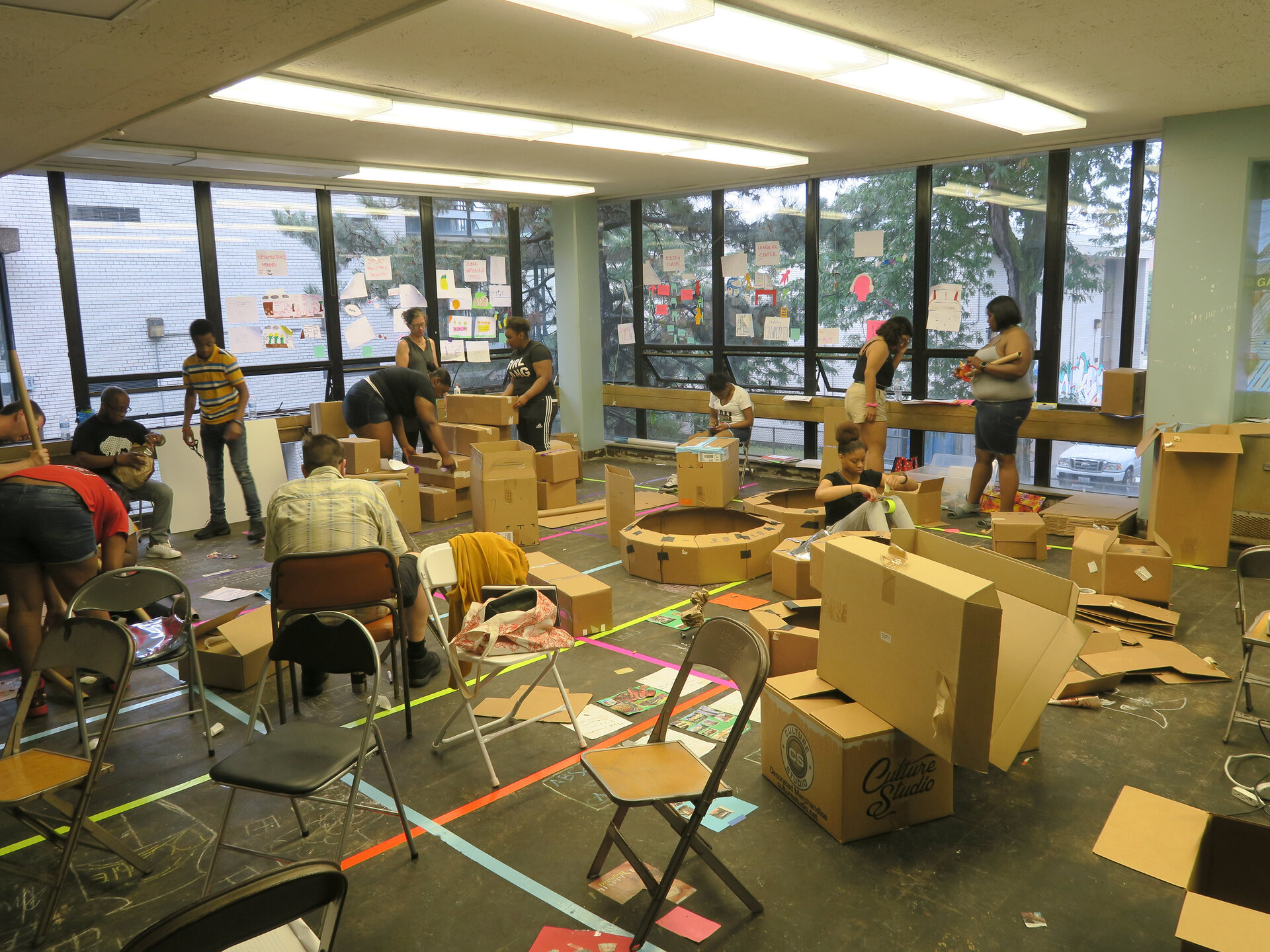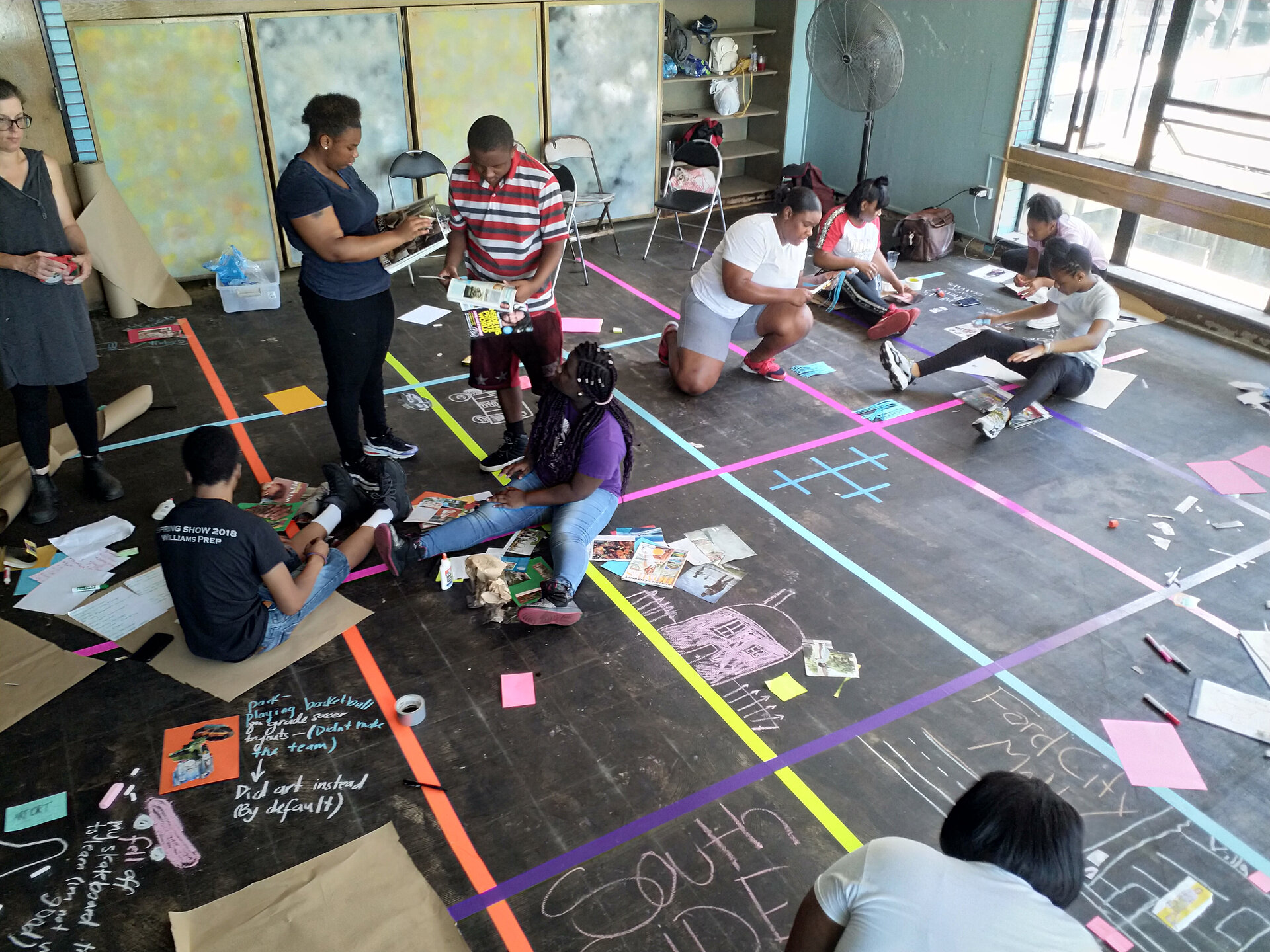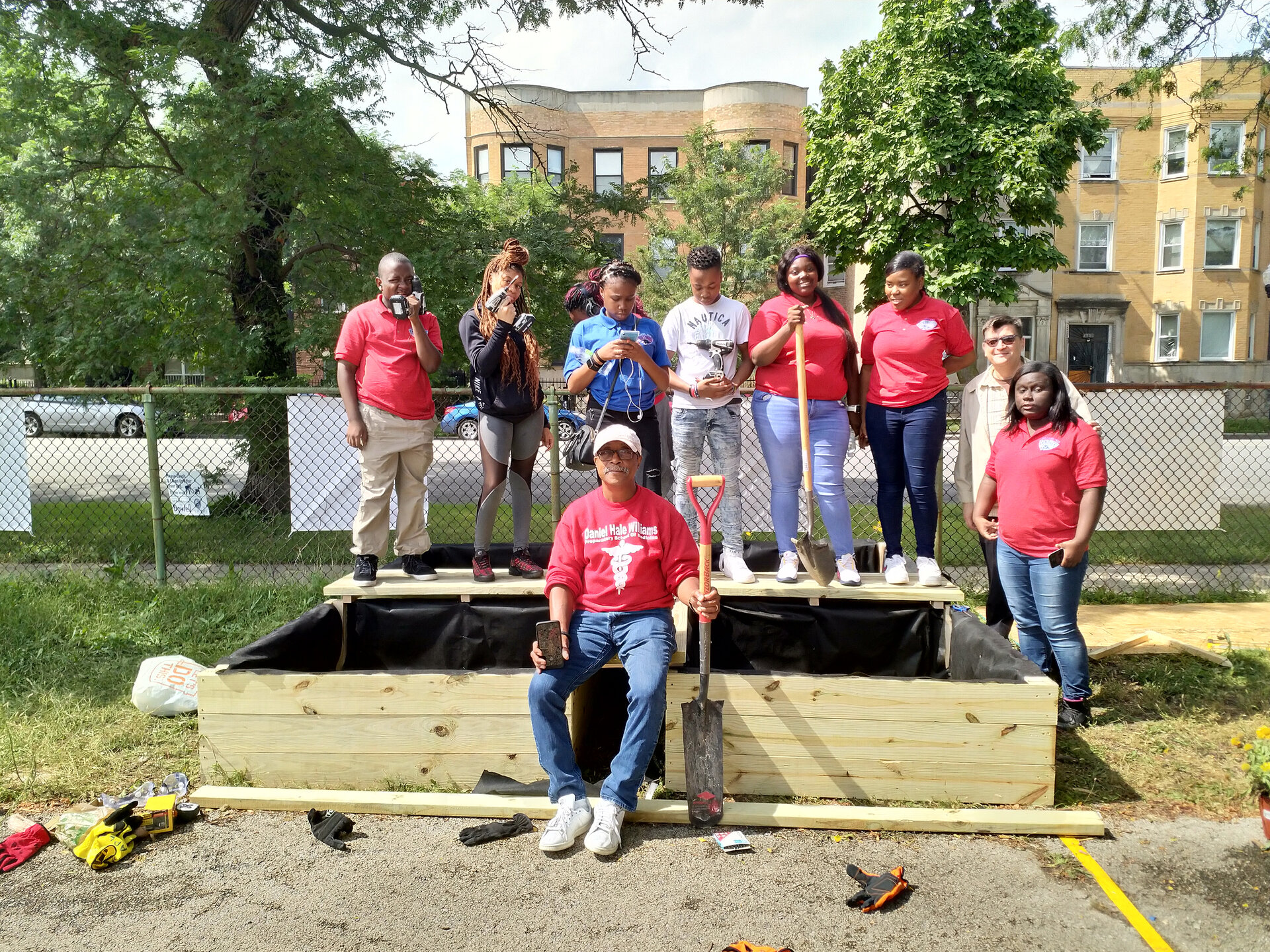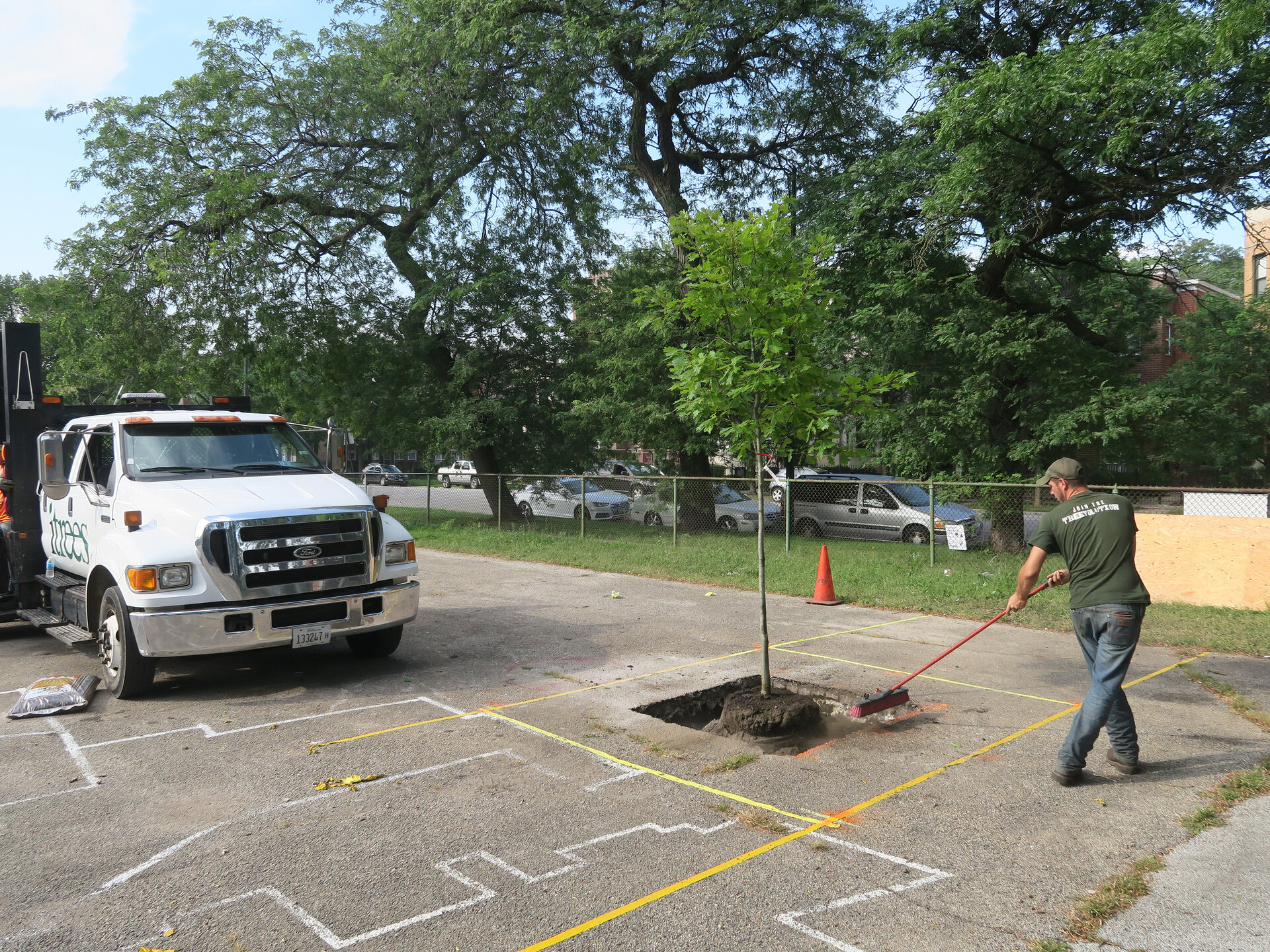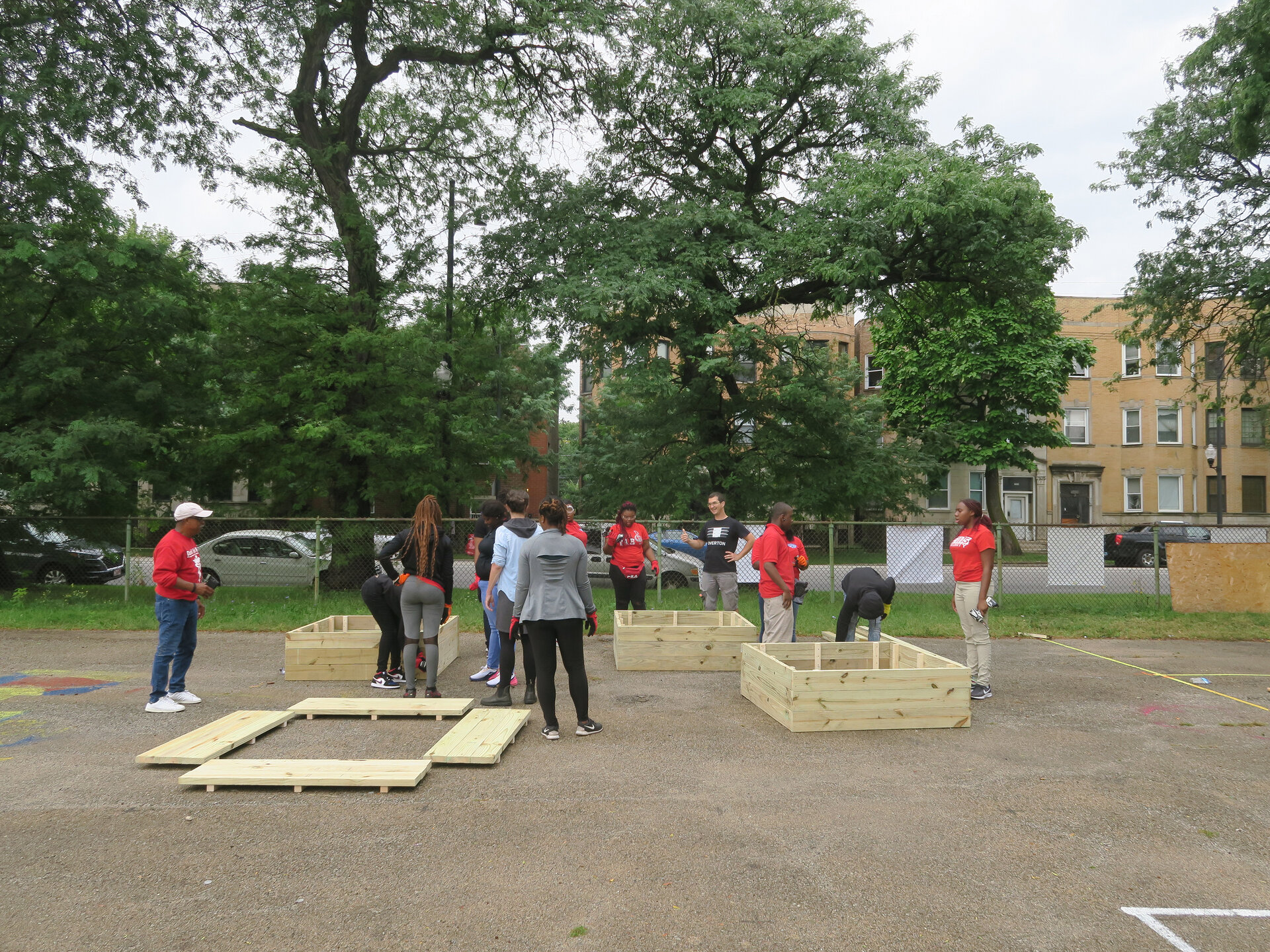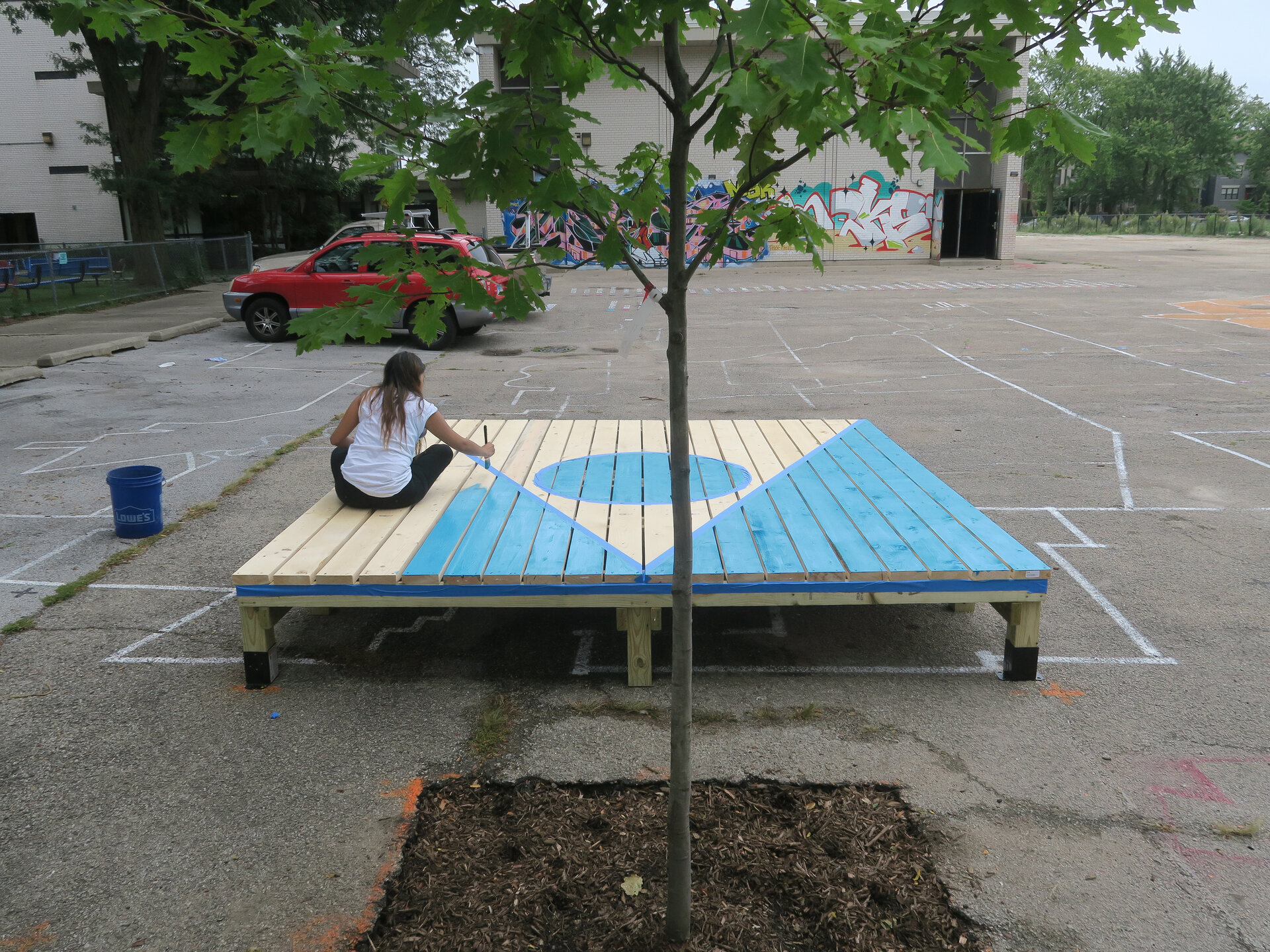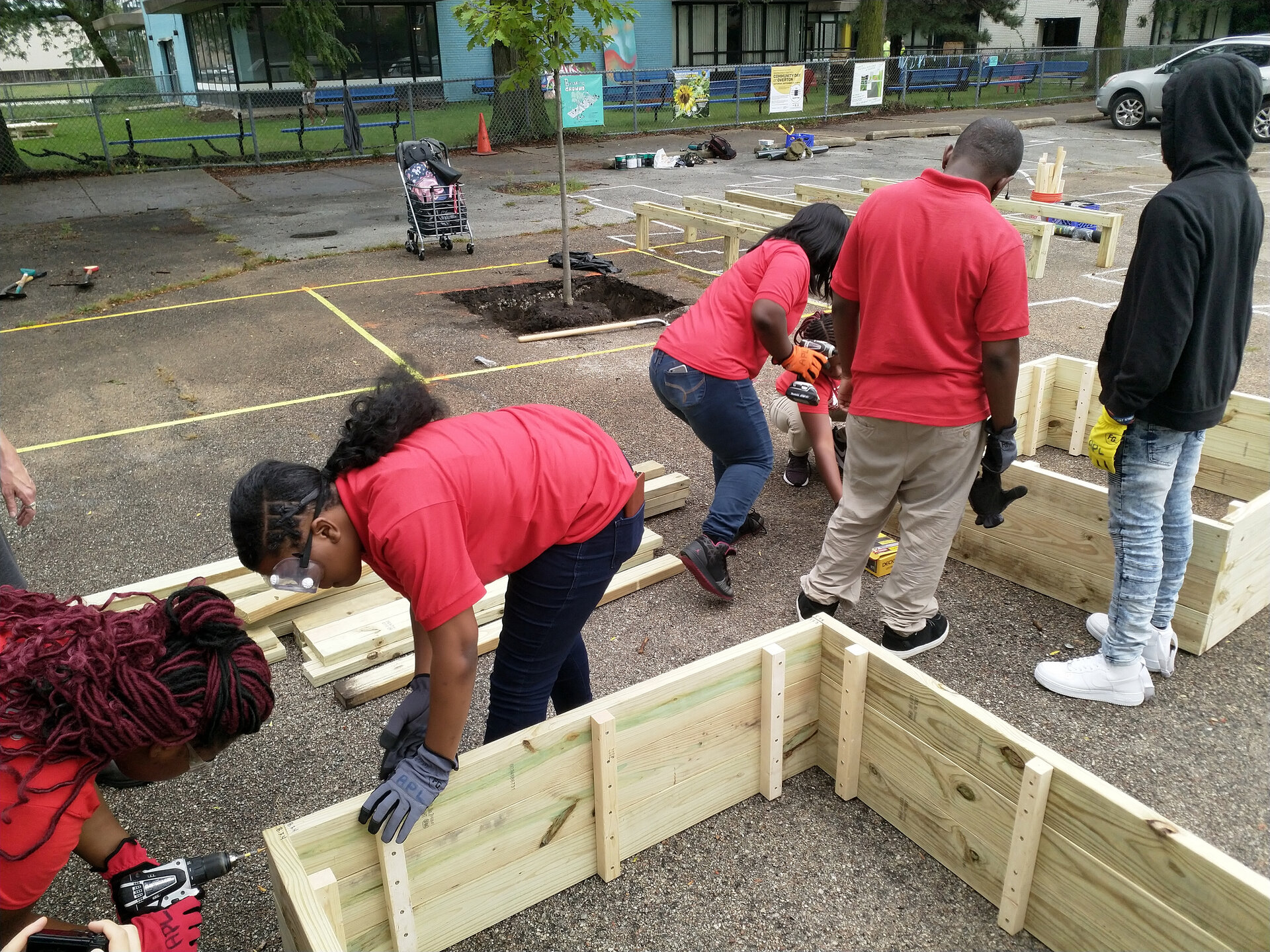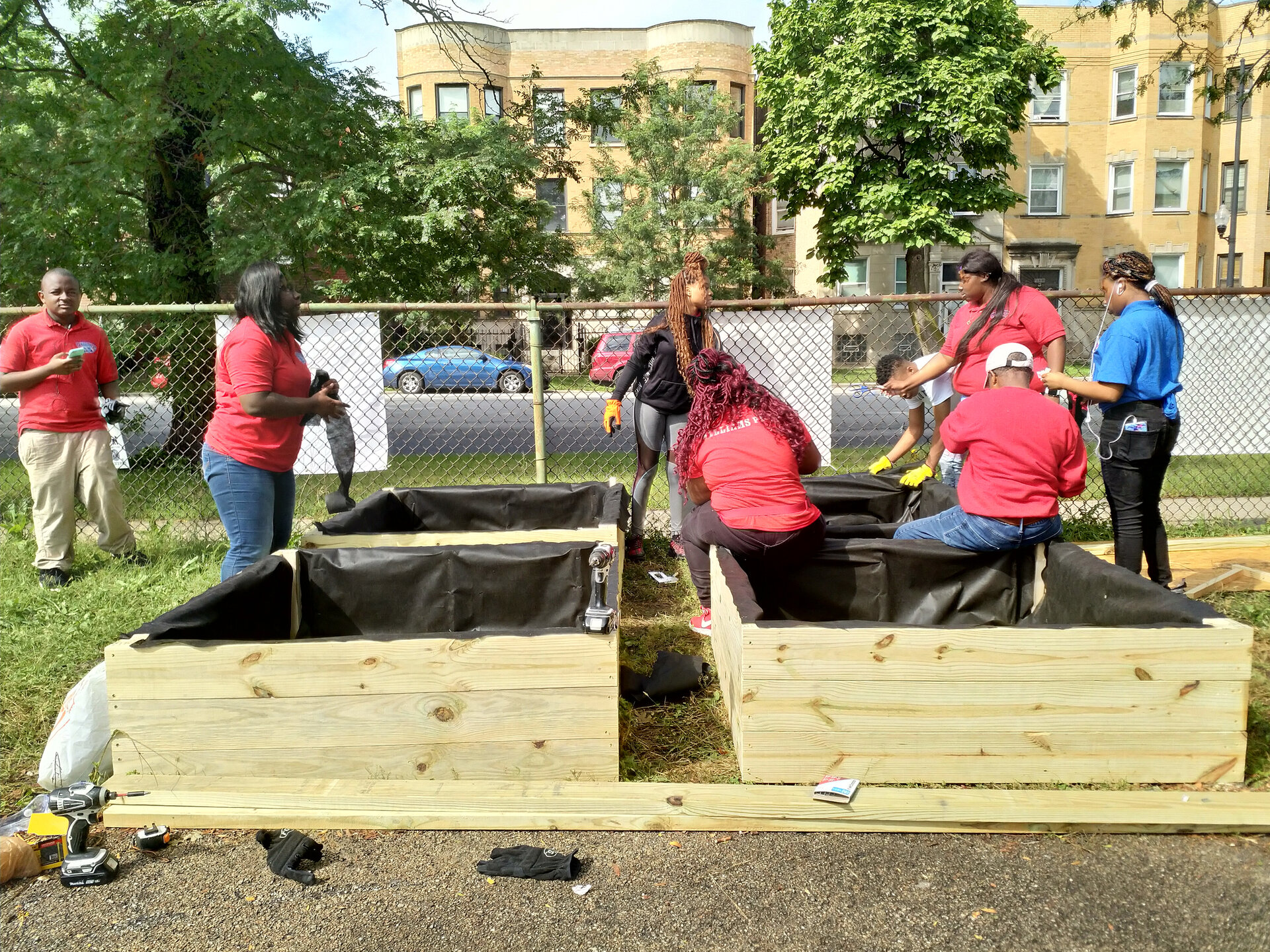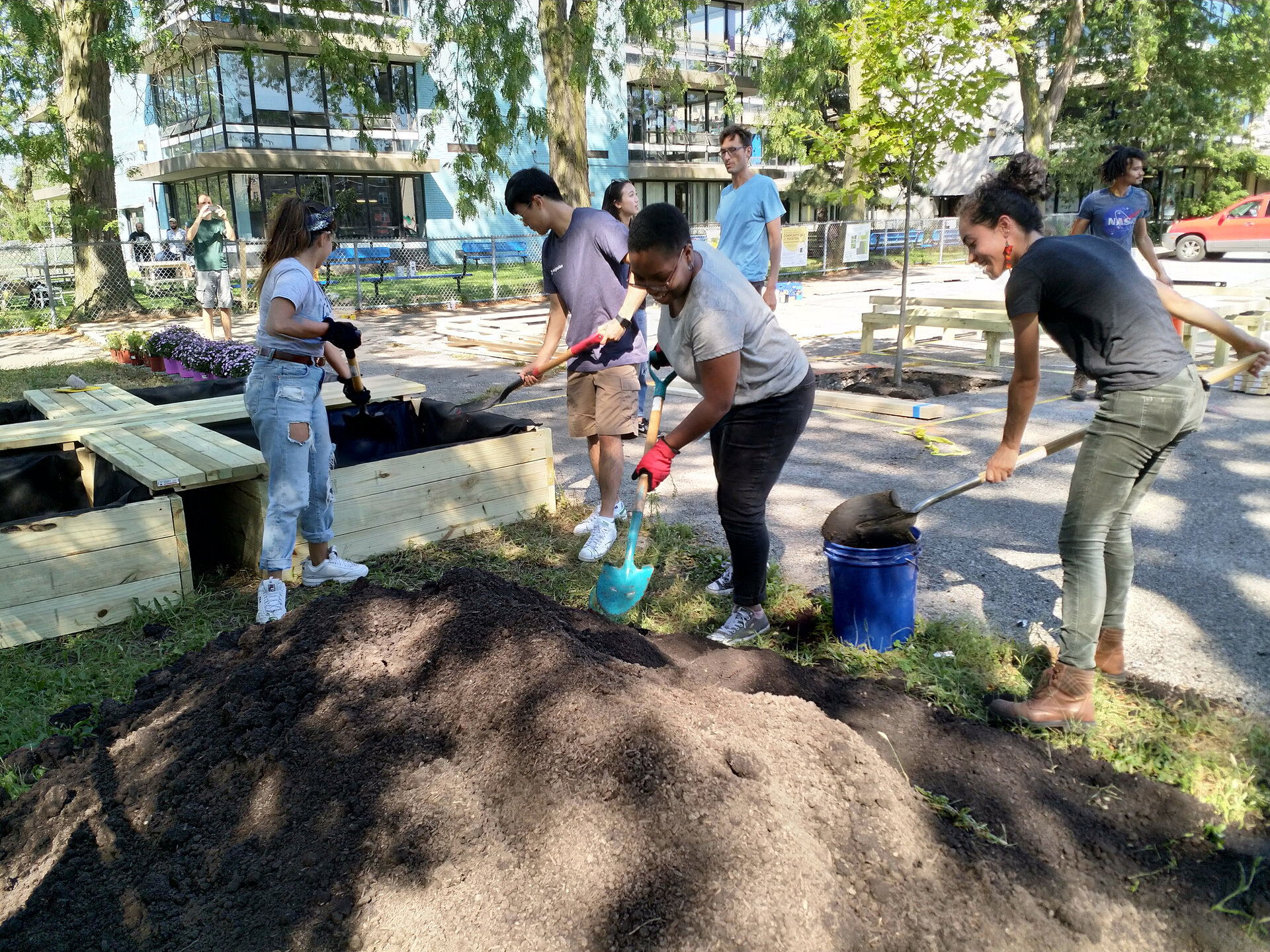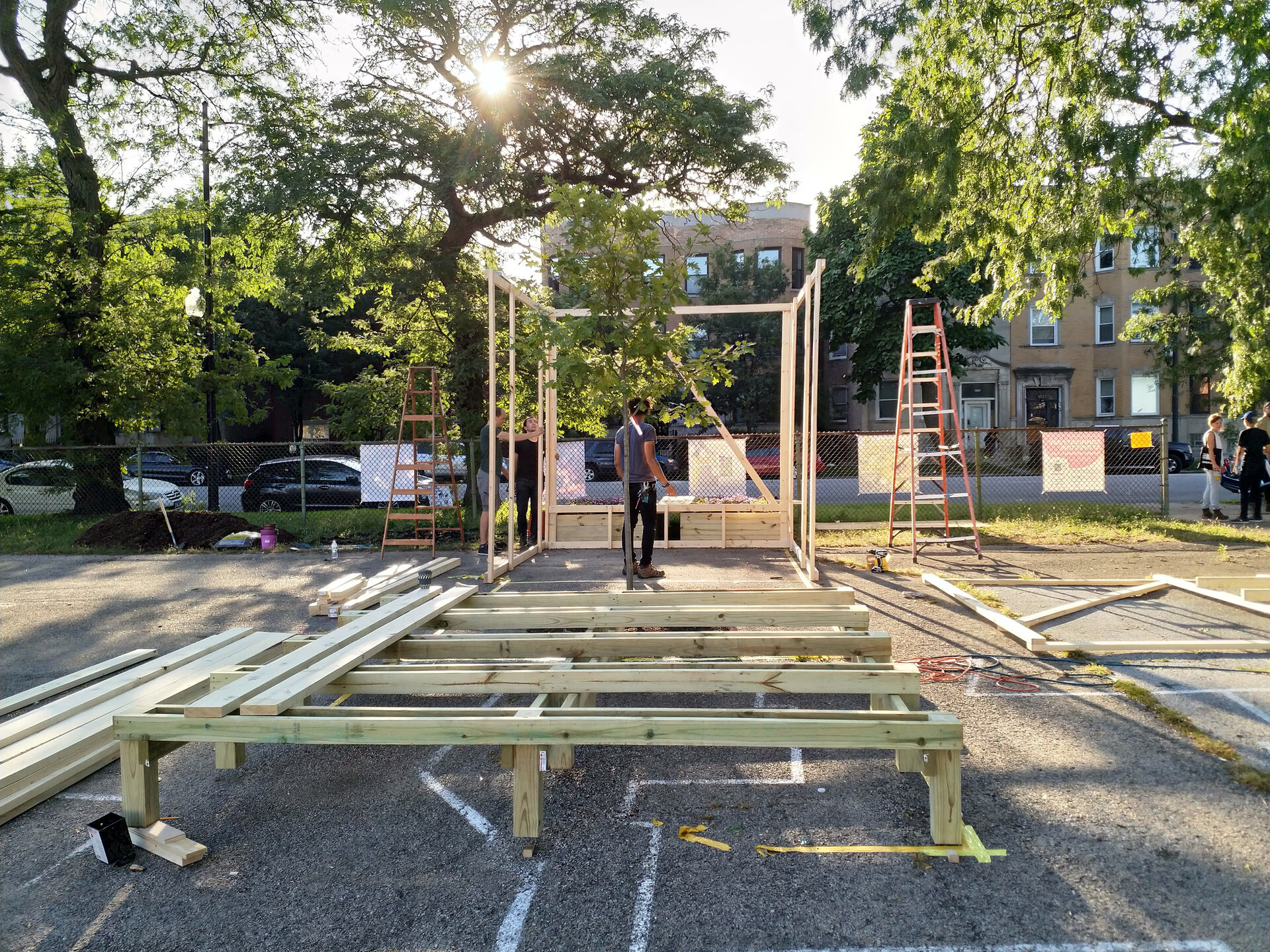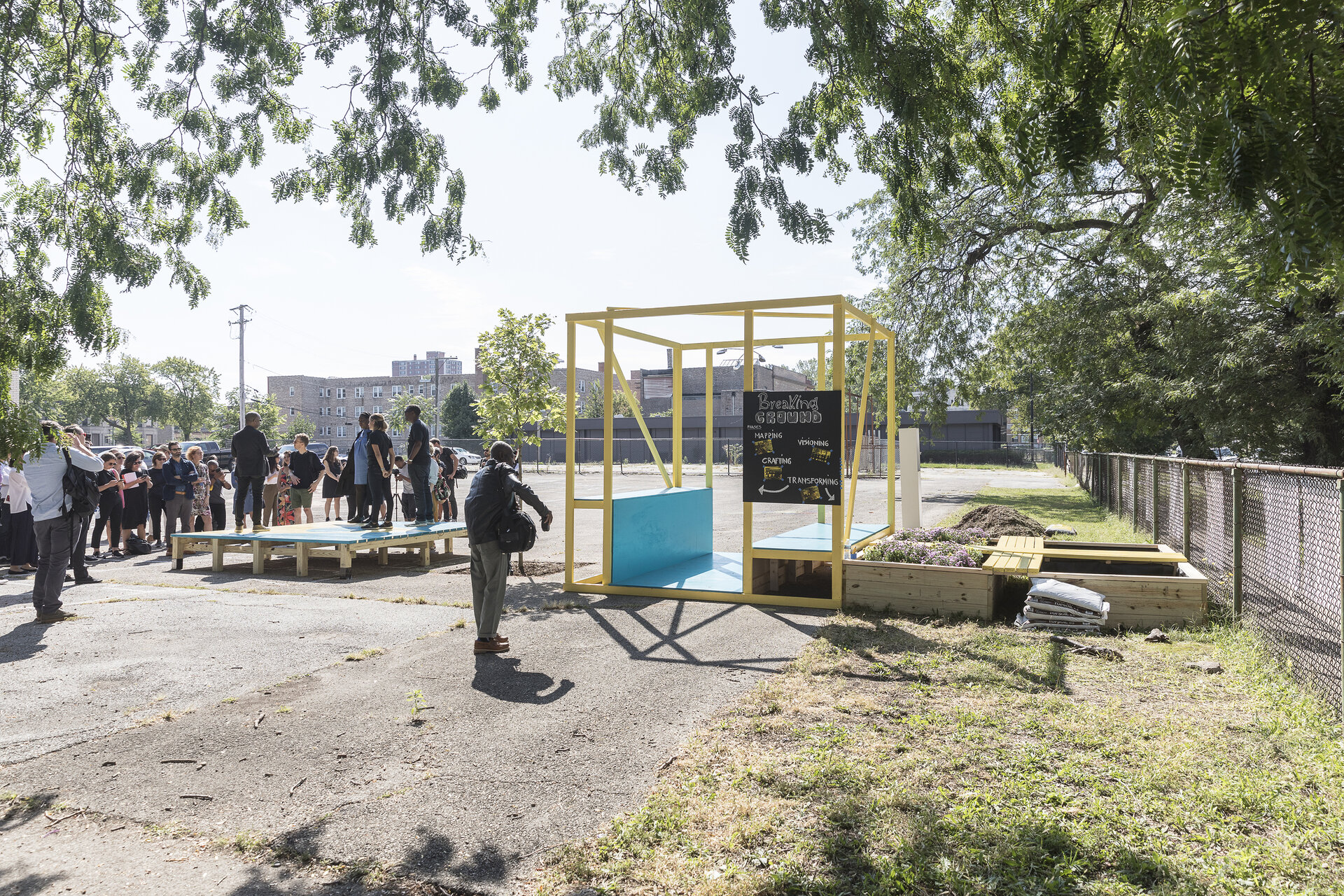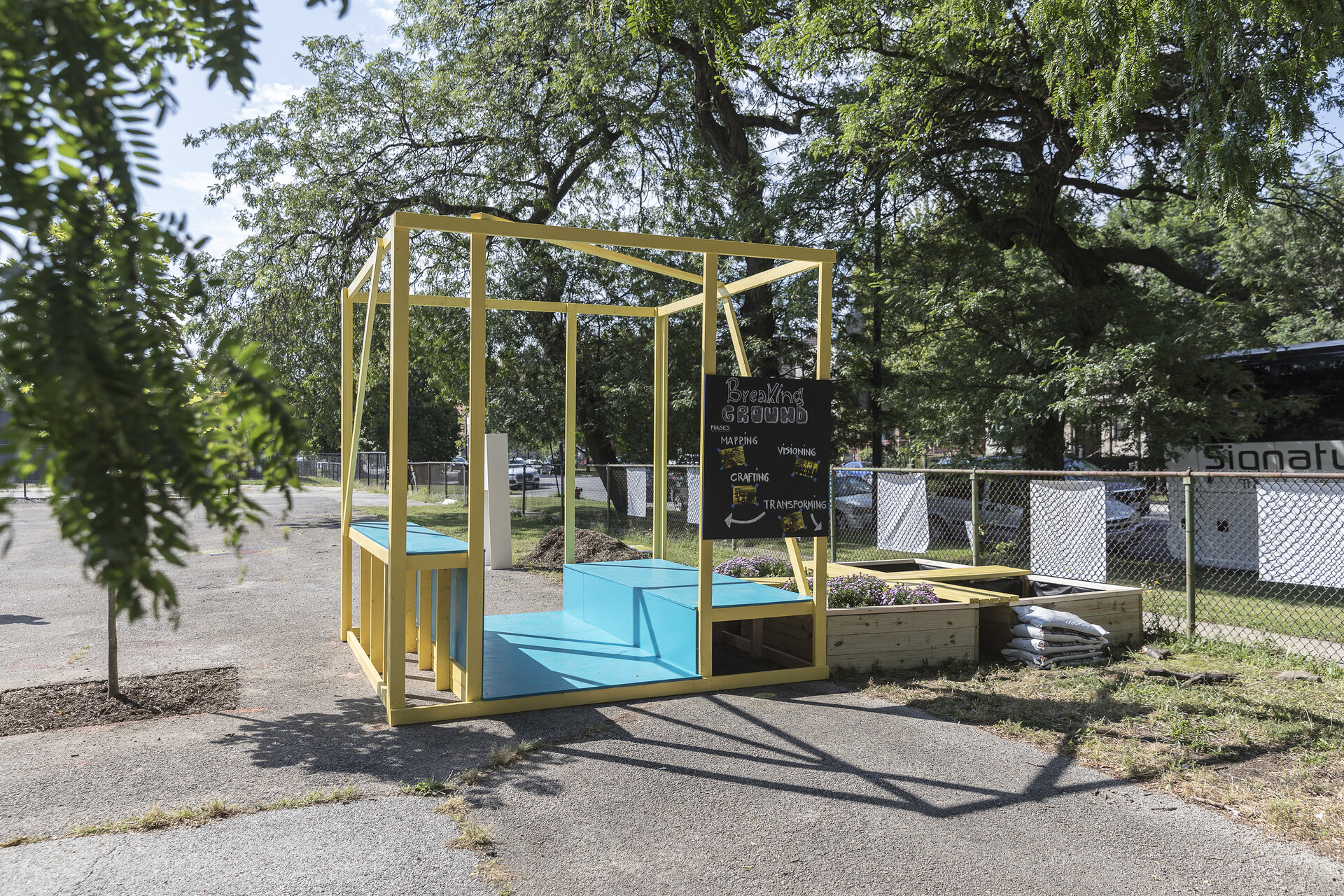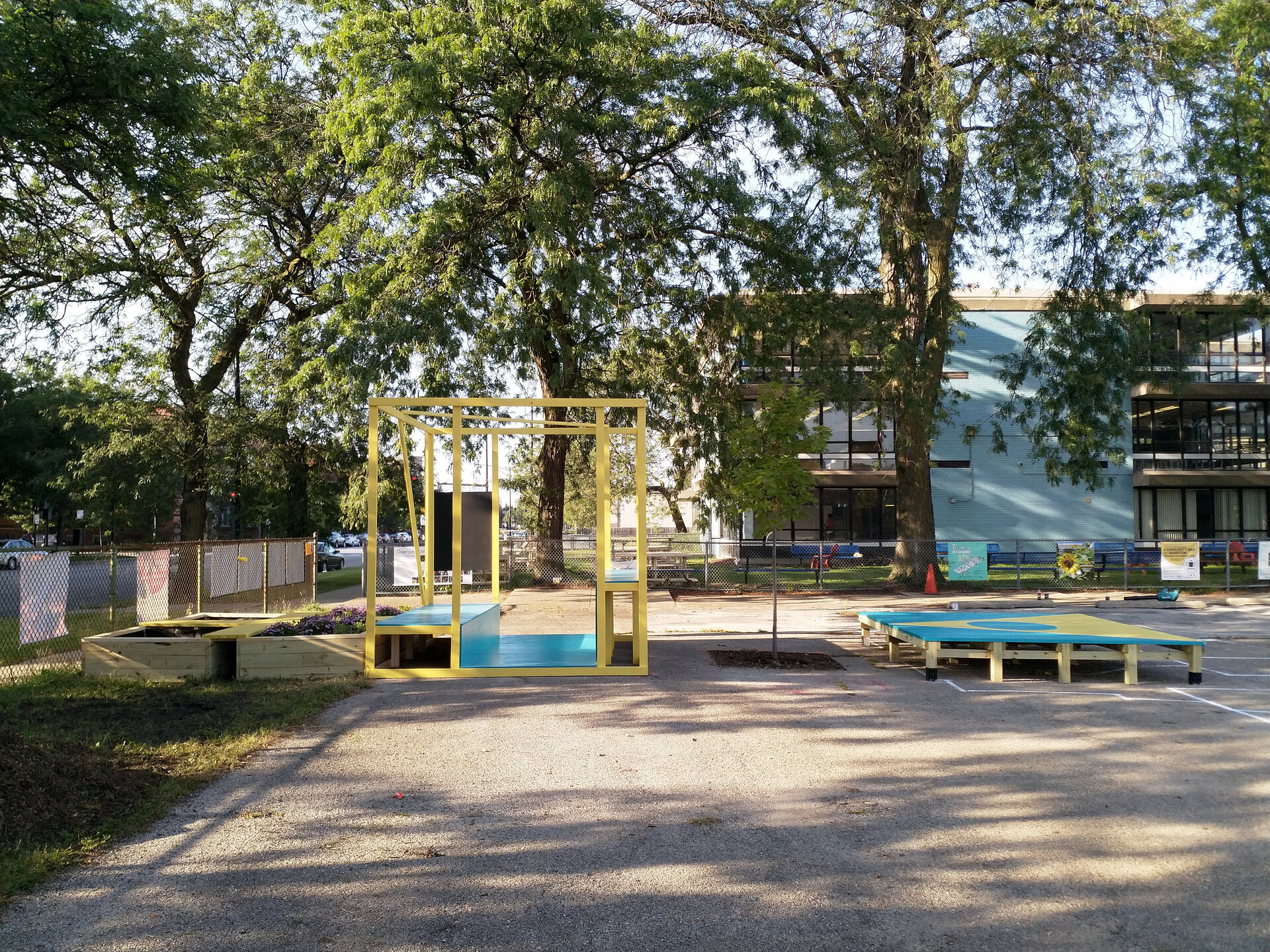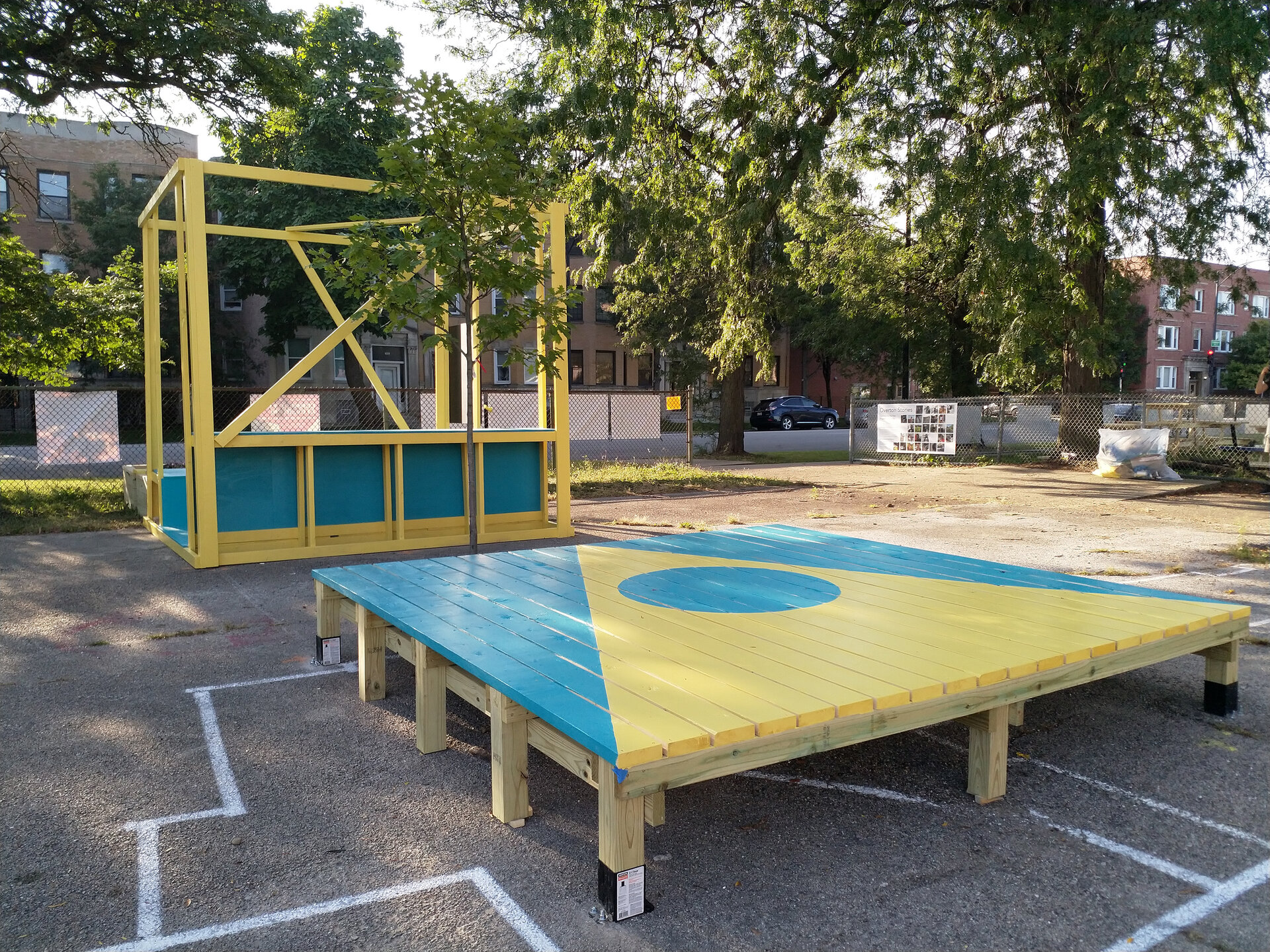
Breaking Ground. The schoolyard workshops
Authors’ Comment
Breaking Ground (BG) was a participative spatial intervention initiated in the (formerly) Anthony Overton School in Bronzeville, Chicago, within the framework of Chicago Architecture Biennial (CAB) 2019, in collaboration with Borderless Studio, Chicago Arts Partnership and Education (CAPE) and Daniel Hale Williams Preparatory School of Medicine.
The 2019 edition of Chicago Architectural Biennial (CAB), titled " ... and other such stories" supported local communities by setting up partnerships between actors on the ground and international practices. Such was the partnership with Borderless Studio, a local architectural practice driven by a strong sense of urban justice, which together with a community-oriented developer activates the site of the decommissioned Anthony Overton Elementary School in the Bronzeville neighbourhood. Their initiative takes place in the context of the closure in 2013 of 50 schools across 25 neighbourhoods in Chicago, especially in those places where this public infrastructure was most needed. This radical underinvestment and disengagement from communities’ needs is reinforcing segregation of class and race and fails to facilitate vulnerable groups accessing to even basic needs, like education.
Together with a group of international artists, educators and architects, we engaged the former school by exploring how art, design and architecture can create a more inclusive and participatory approach to repurposing civic spaces in the neighbourhood. Phased in 2 stages, the BG workshops' aims were twofold. First it aimed to consolidate and expand the existing relational network of actors around the spatial transformation of the schoolyard. And second it intended to empower the local stakeholders, especially the participating students, to reclaim spatial resources for their community’ needs.
The 1st stage from July involved a series of methods of participative design, like mapping, ideas workshop and 1:1 model making. Based on the brief articulated in July, the 2nd stage from September consisted in the beginning of the spatial transformation of the place through a collaborative process. We constructed an ‘outdoor classroom’ composed of a multifunctional pavilion, a stage and a garden with several flower boxes, while breaking the asphalt of the yard to plant an oak tree. On the short term the actions opened the schoolyard to the neighbourhood by offering a public infrastructure free for use. On the long term the intervention hopes to support the process of the school becoming a form of civic commons, where local inhabitants produce and reproduce their neighbourhood resources, while contributing of making common ground.
P.S.
The Romanian schools are sharing many similarities with Anthony Overton school. Although (still) public, they are heavily fenced territories against users, with asphalted yards serving mostly as parking lots. During the current restrictions set in place to limit the effects of the COVID-19 spread, the educational infrastructure proved its (spatial) limitations when some of the classes moved outdoors. The lack of basic infrastructure like sitting places, shade and rain protection or the different teaching equipment became obvious. Taking this crisis as an opportunity, perhaps it’s time to break the chain of hesitations and lack of vision, and restore the school's civic role in the community by opening the schoolyards to all children and neighbours for communities’ activation.
Related projects:
- Uranus Now. Urban and community project
- B:MAD Bucharest Modernism Art Deco
- Govora Thermal Architecture Week
- MAZZOCCHIOO
- Inside – the Instagram housing
- Breaking Ground. The schoolyard workshops
- Kid’s Factory – Rethinking Conversation
- The Virtual Reconstruction of the Simu Museum
- InFlorești summer school
- Clips
- Architectural education, otherwise: To learn from building or „From one day project to one day building”
- UAUIM participation at „Designing the Unesco Buffer Zone – Call Internazionale di Progettazione per La Grande Villa Adriana” (Premio Piranesi 2018)
